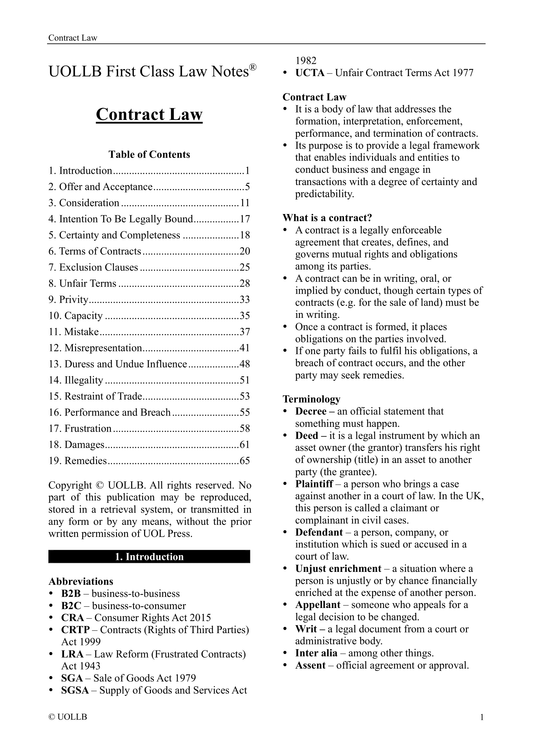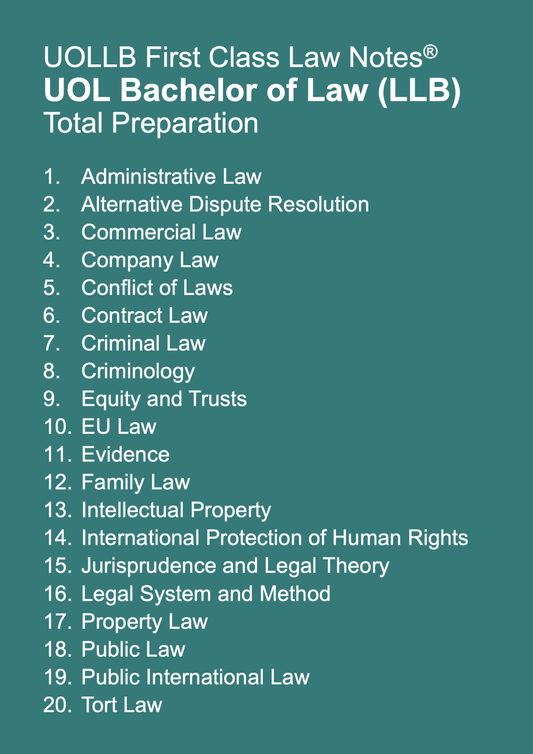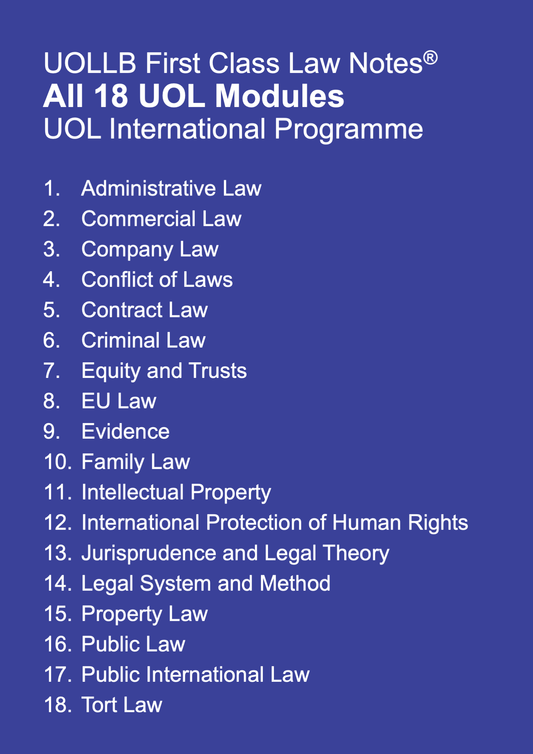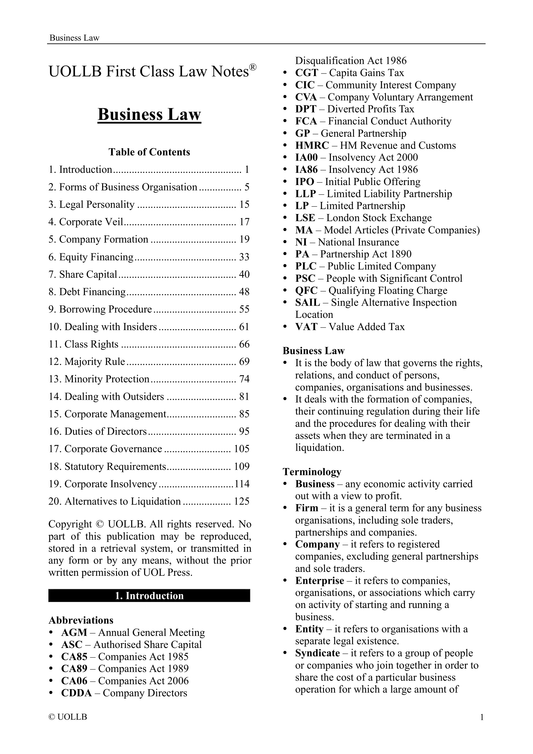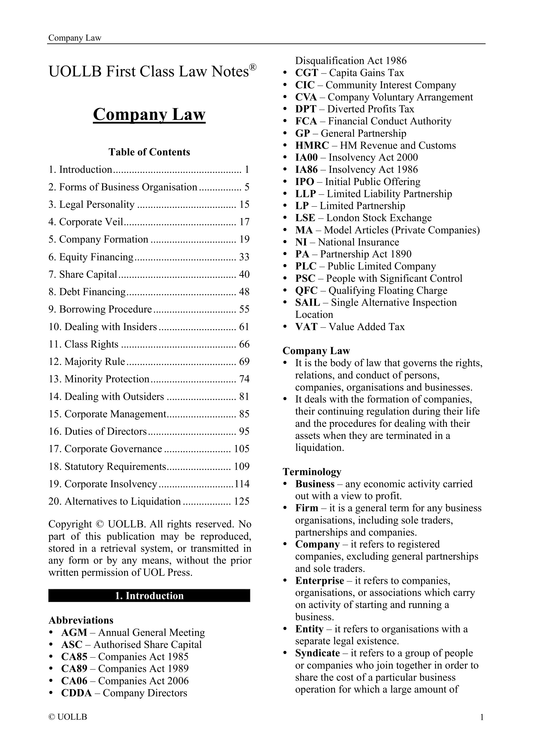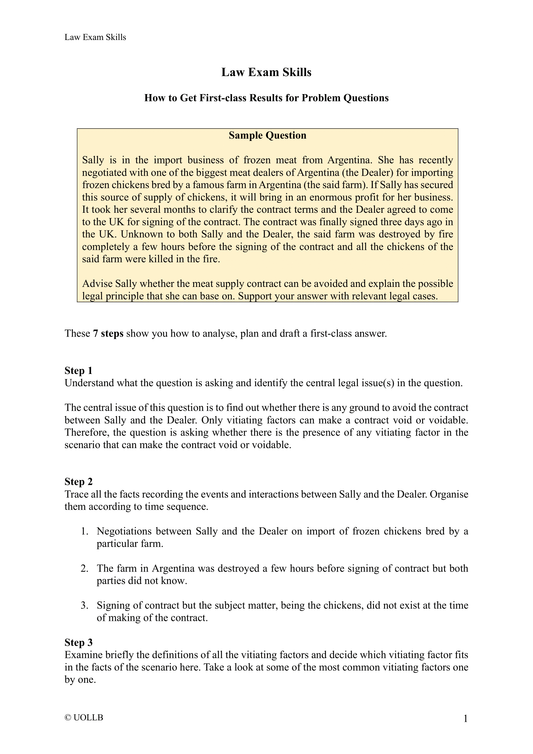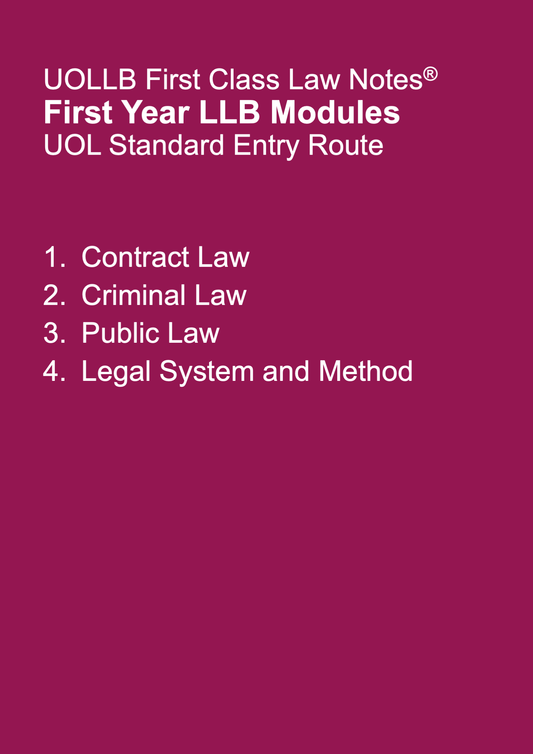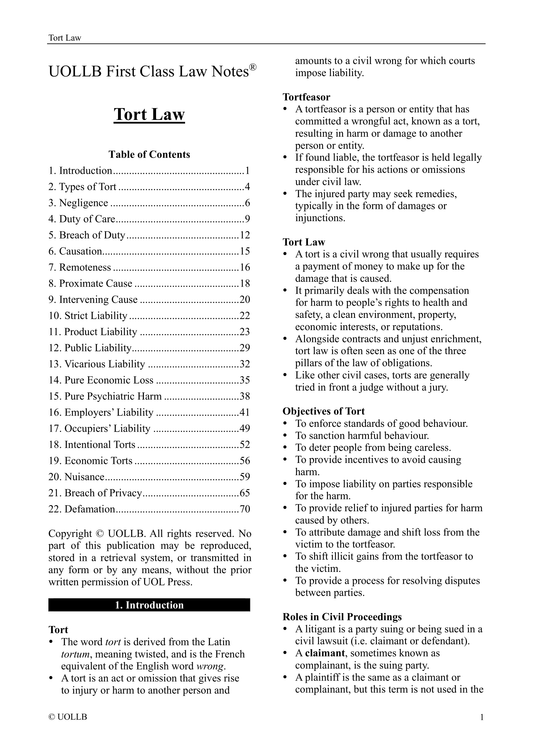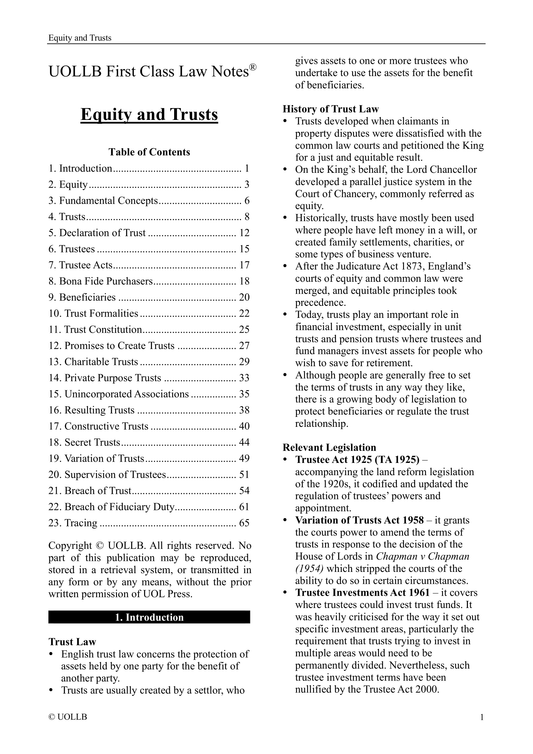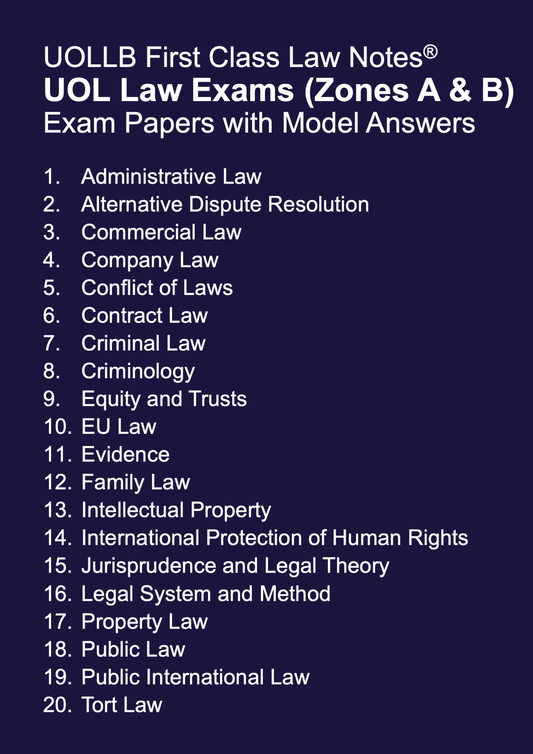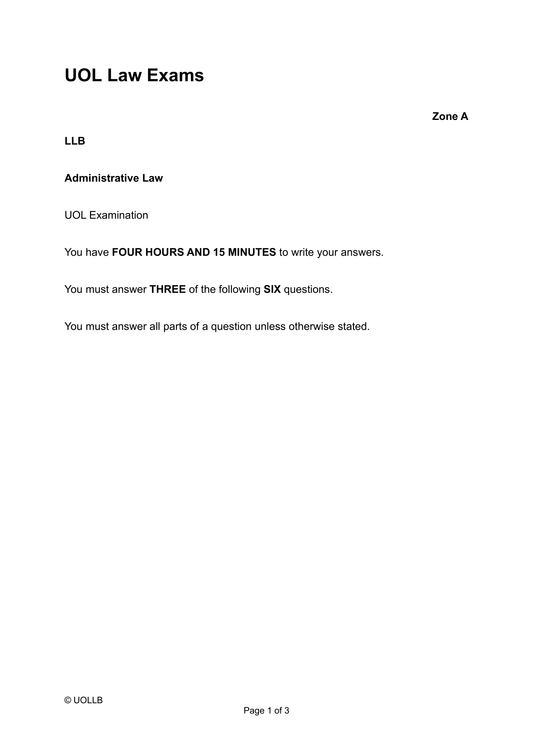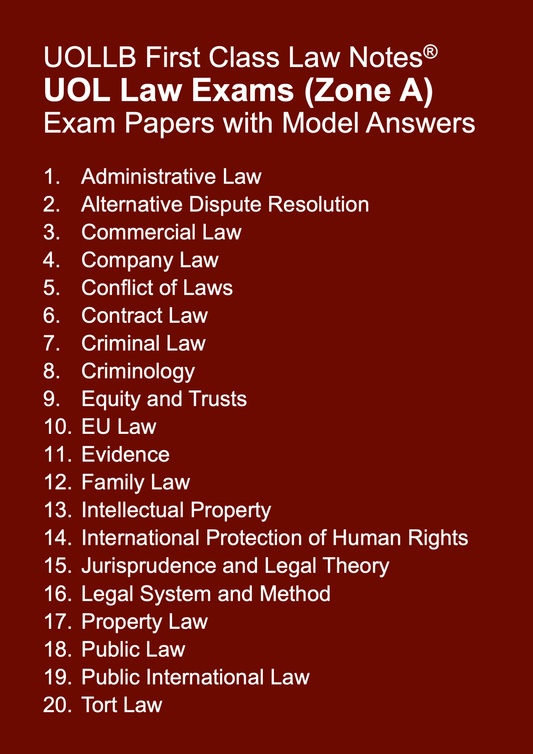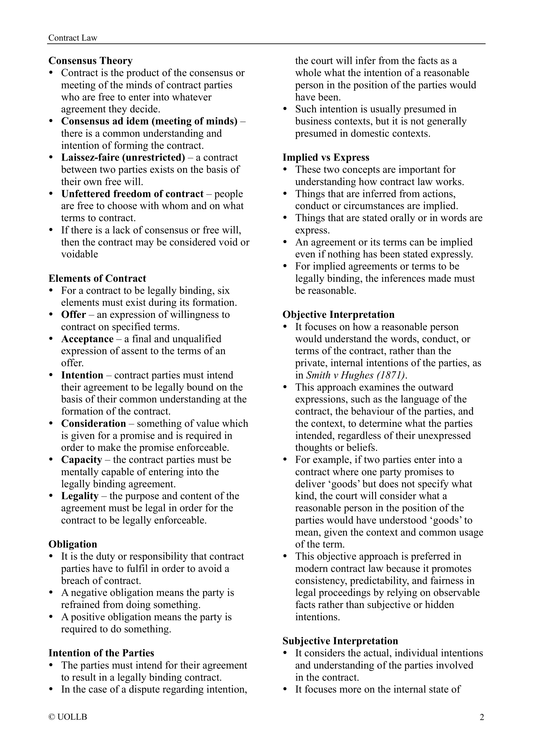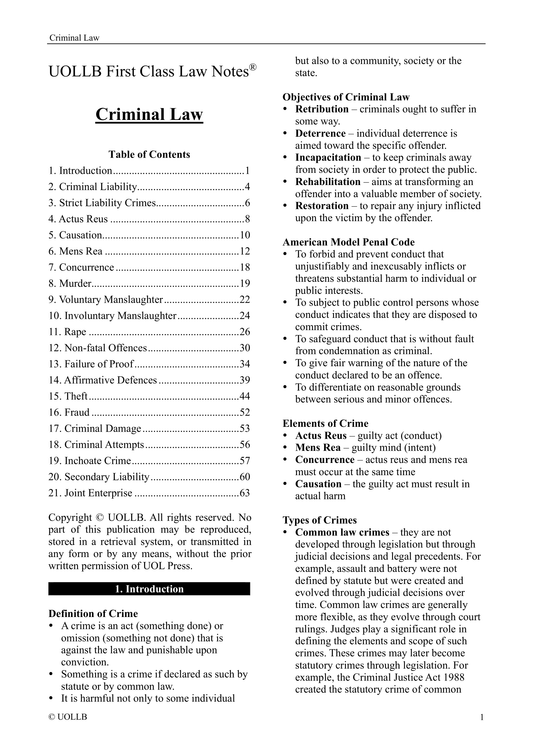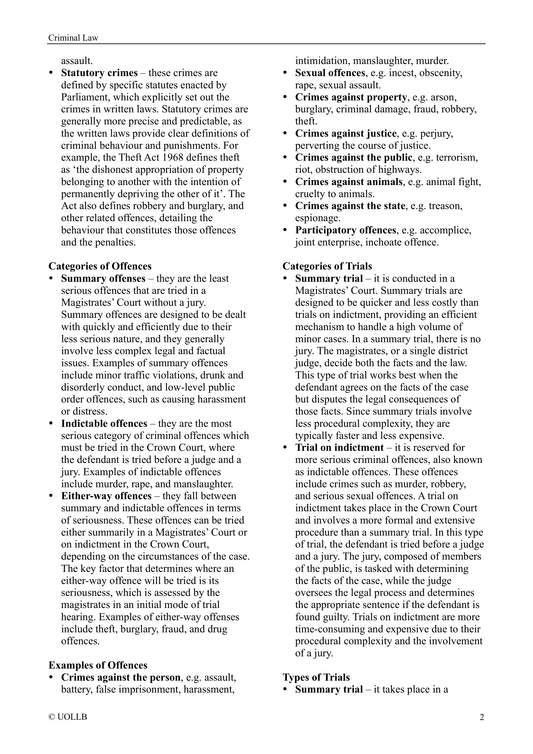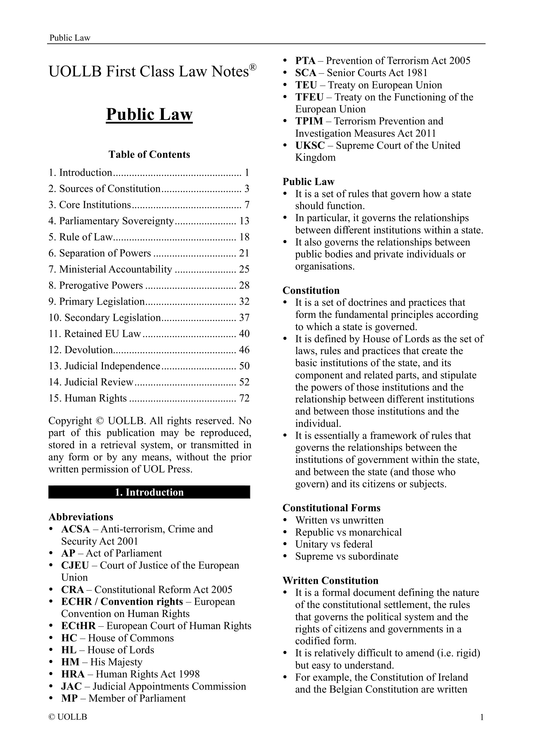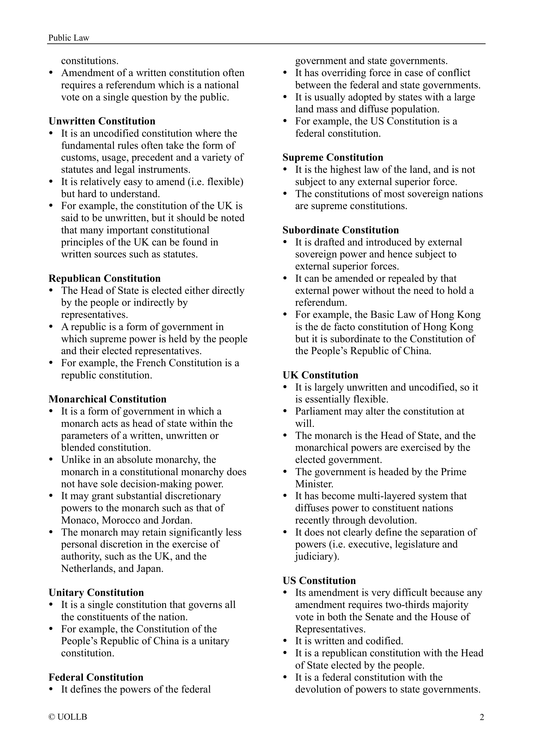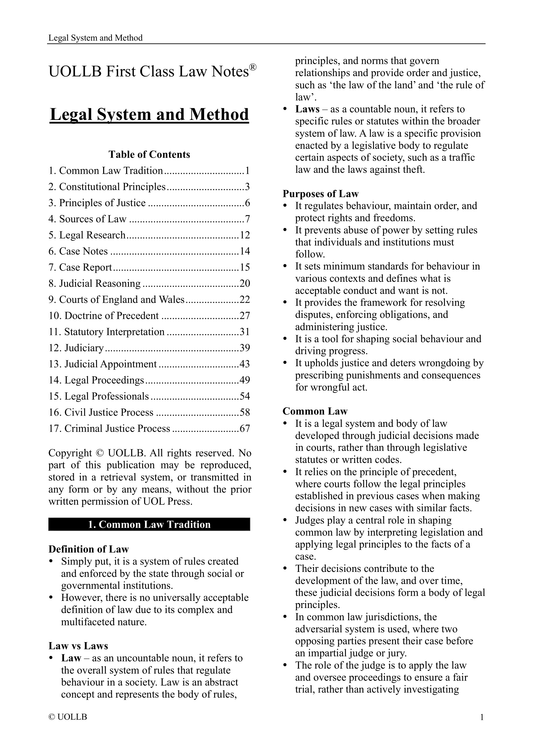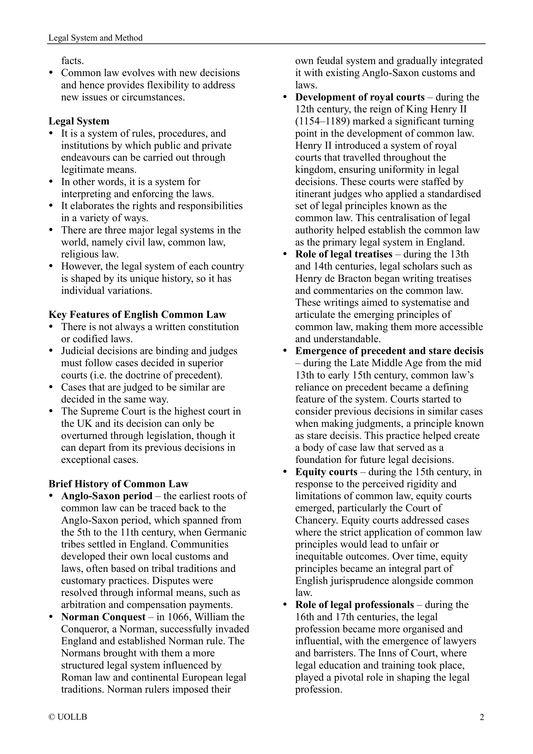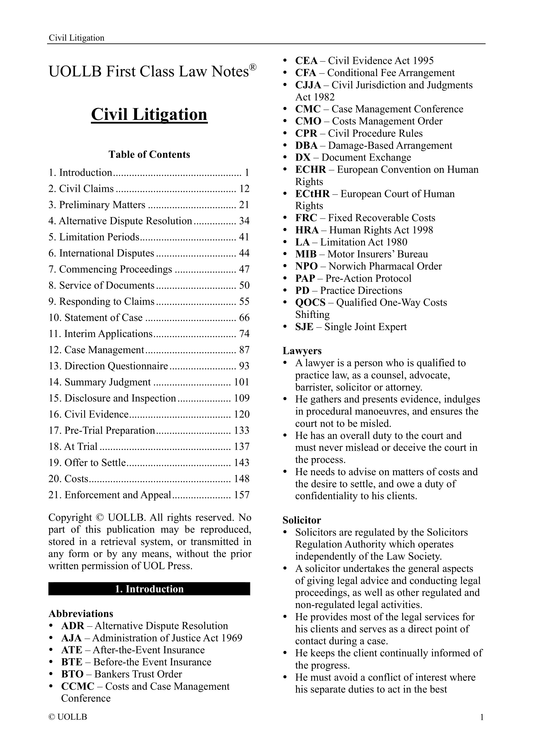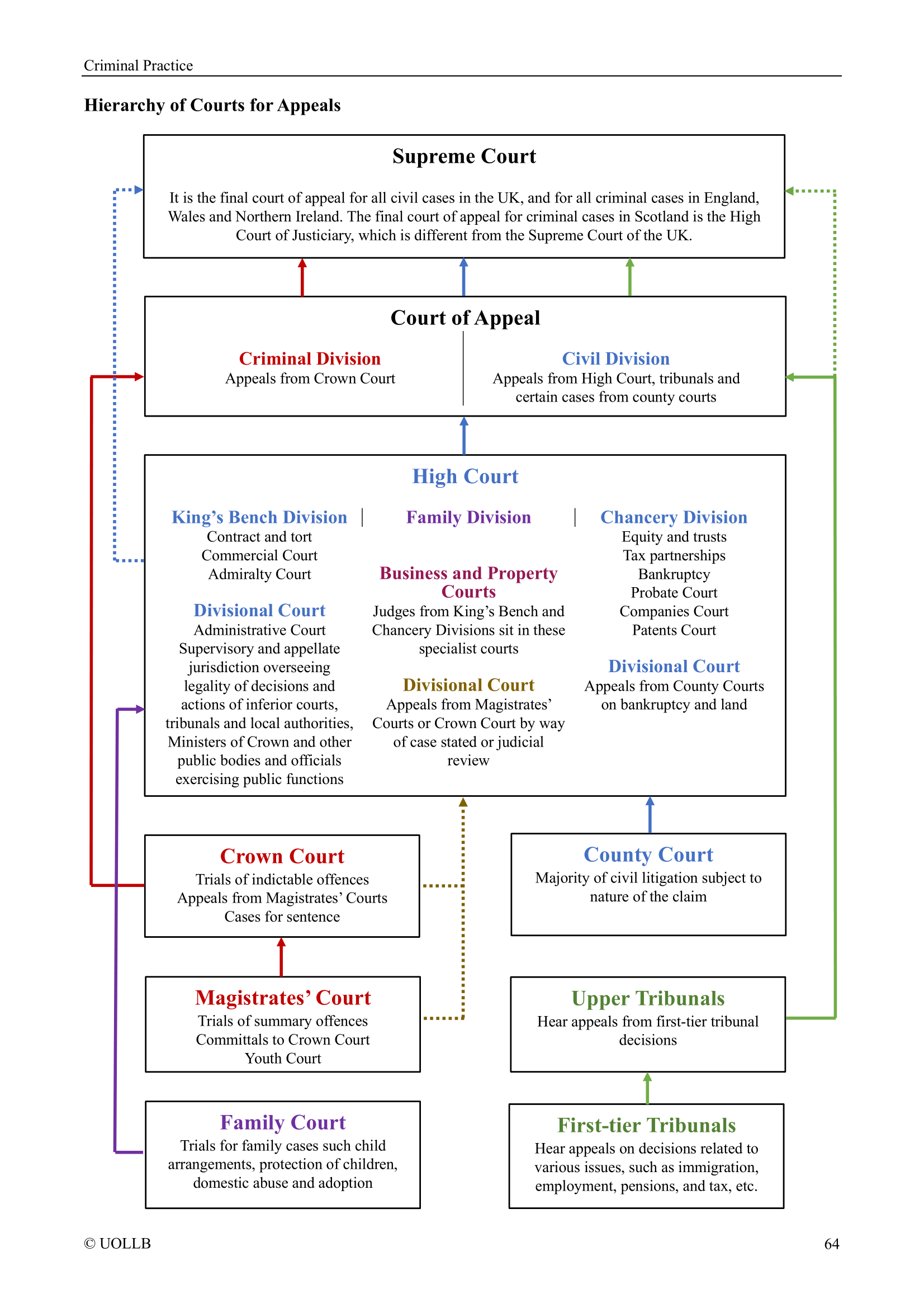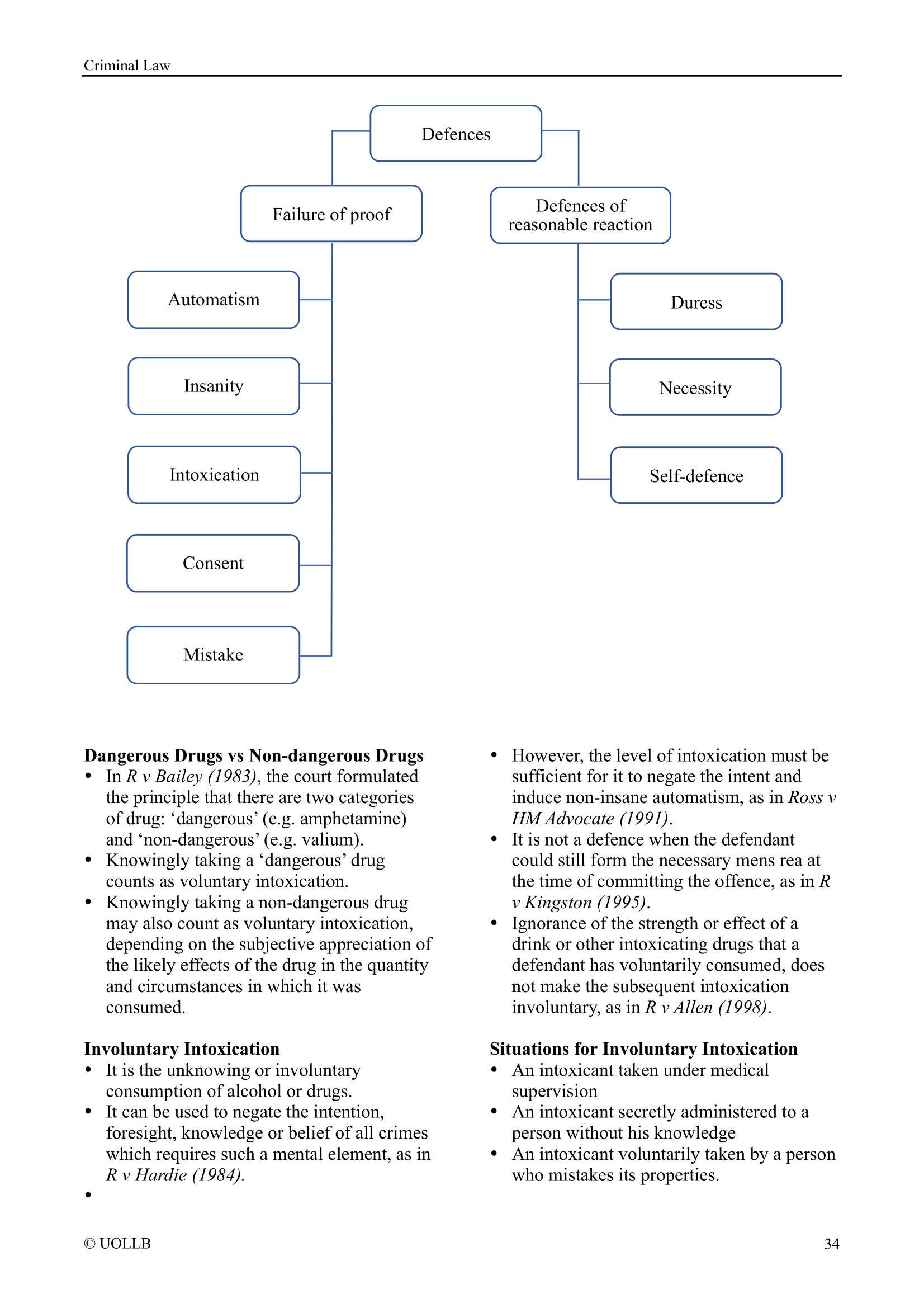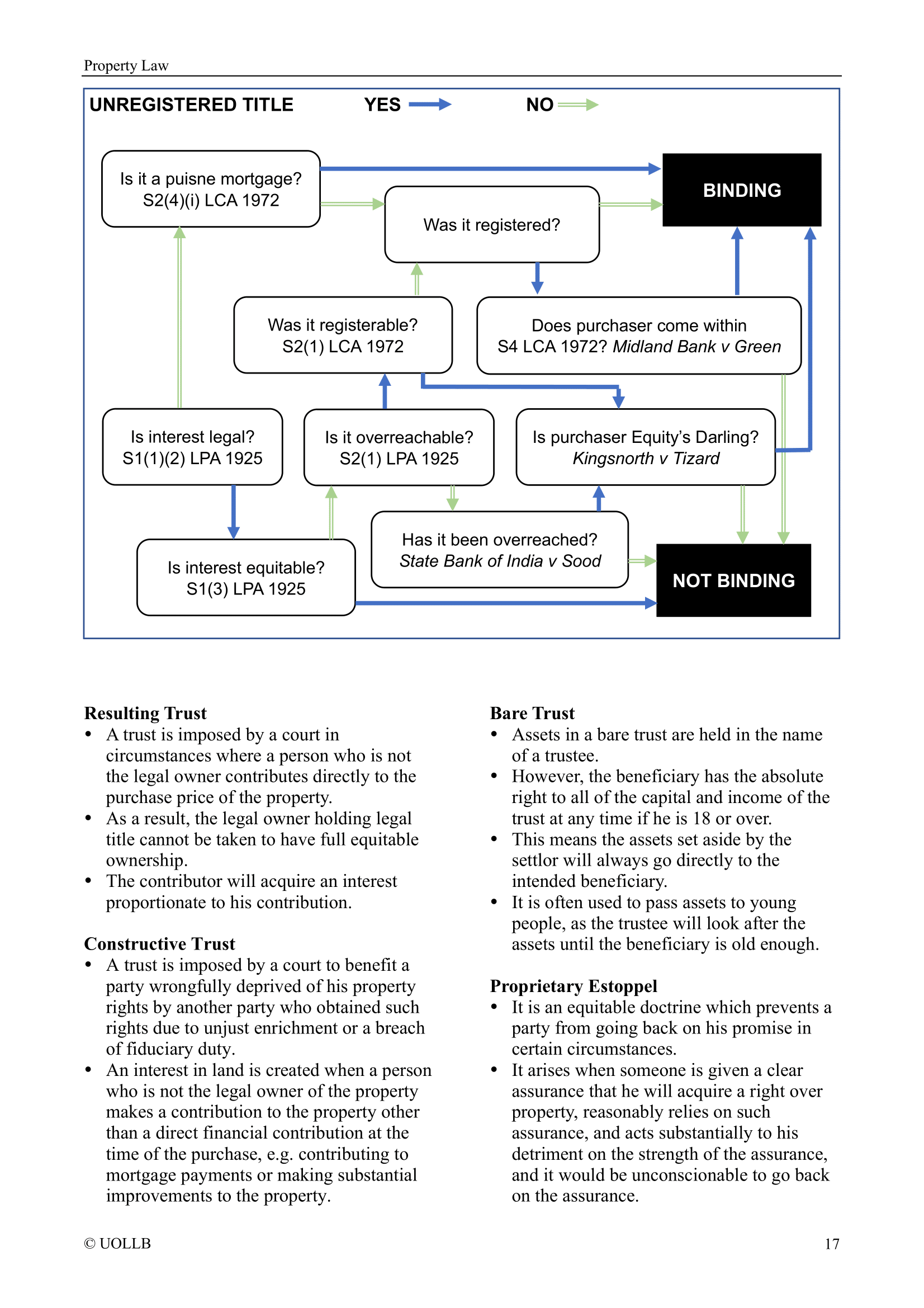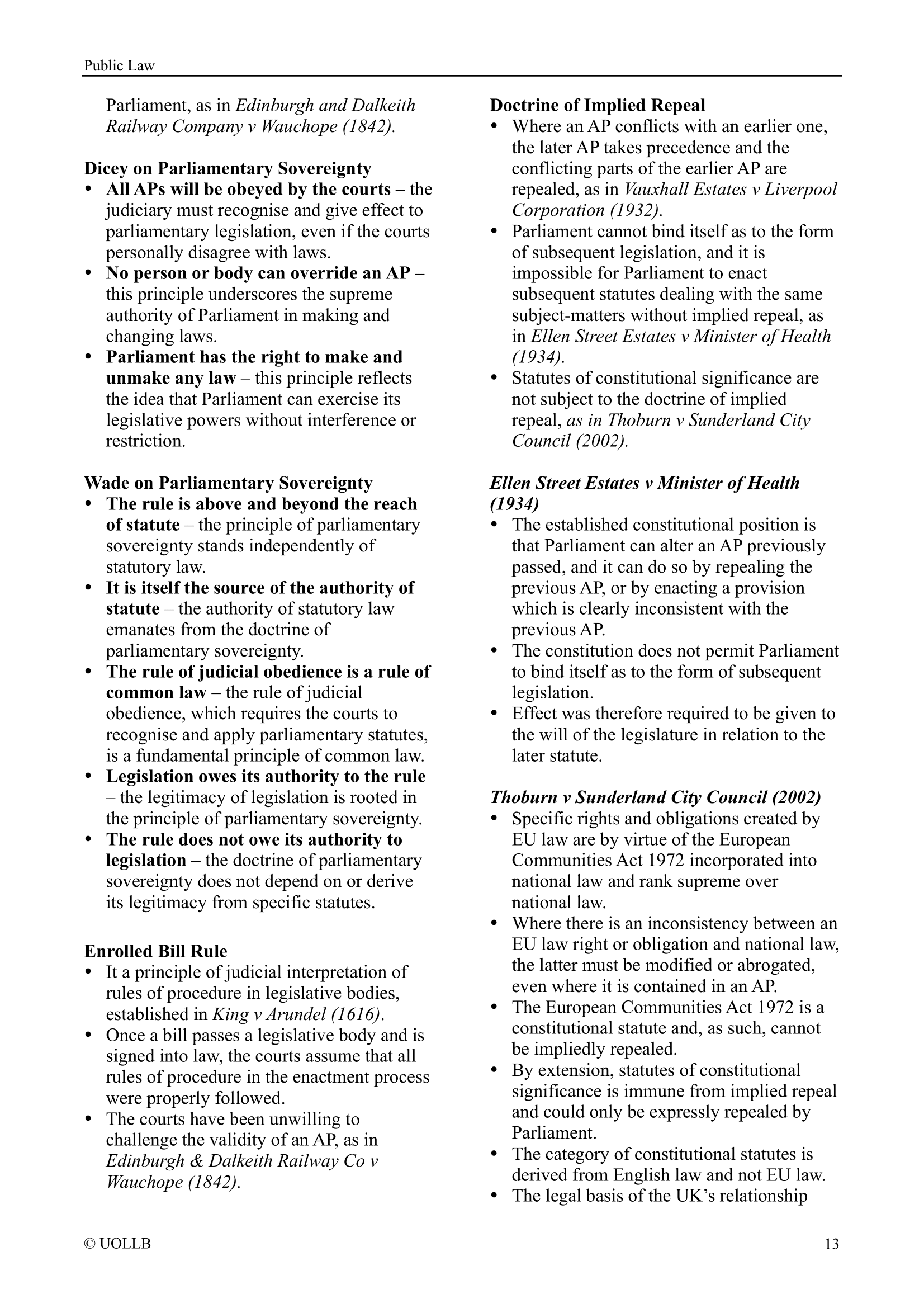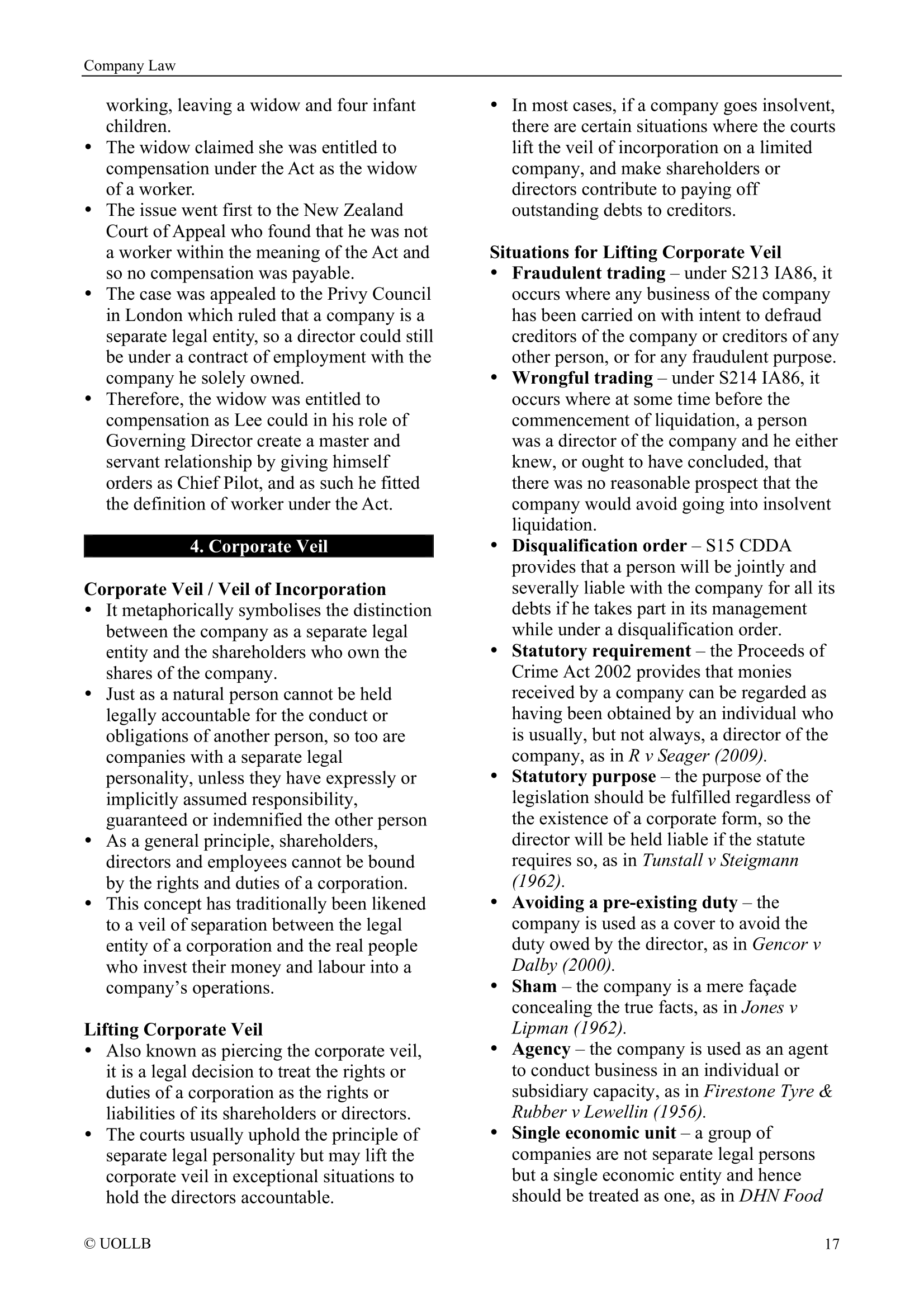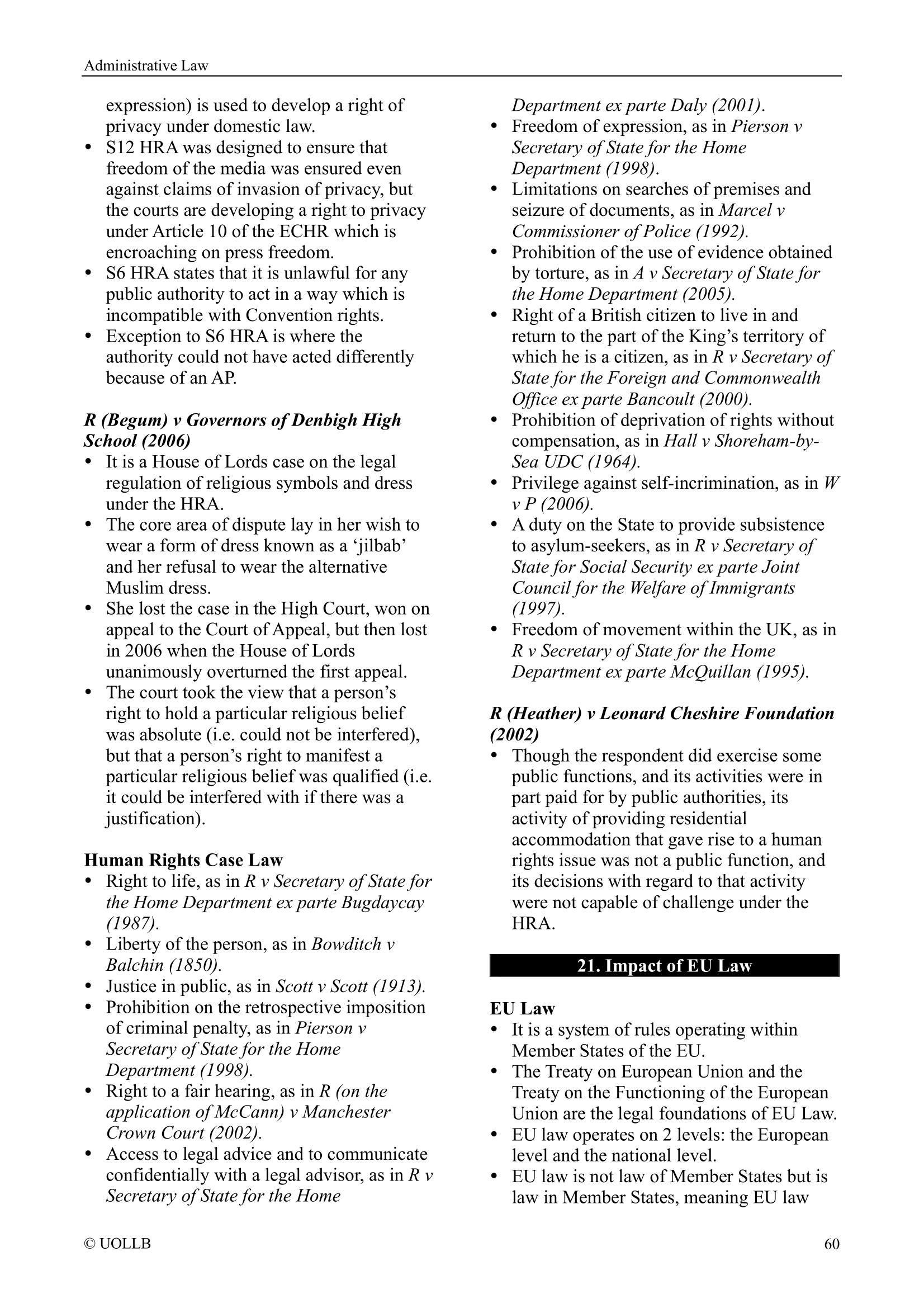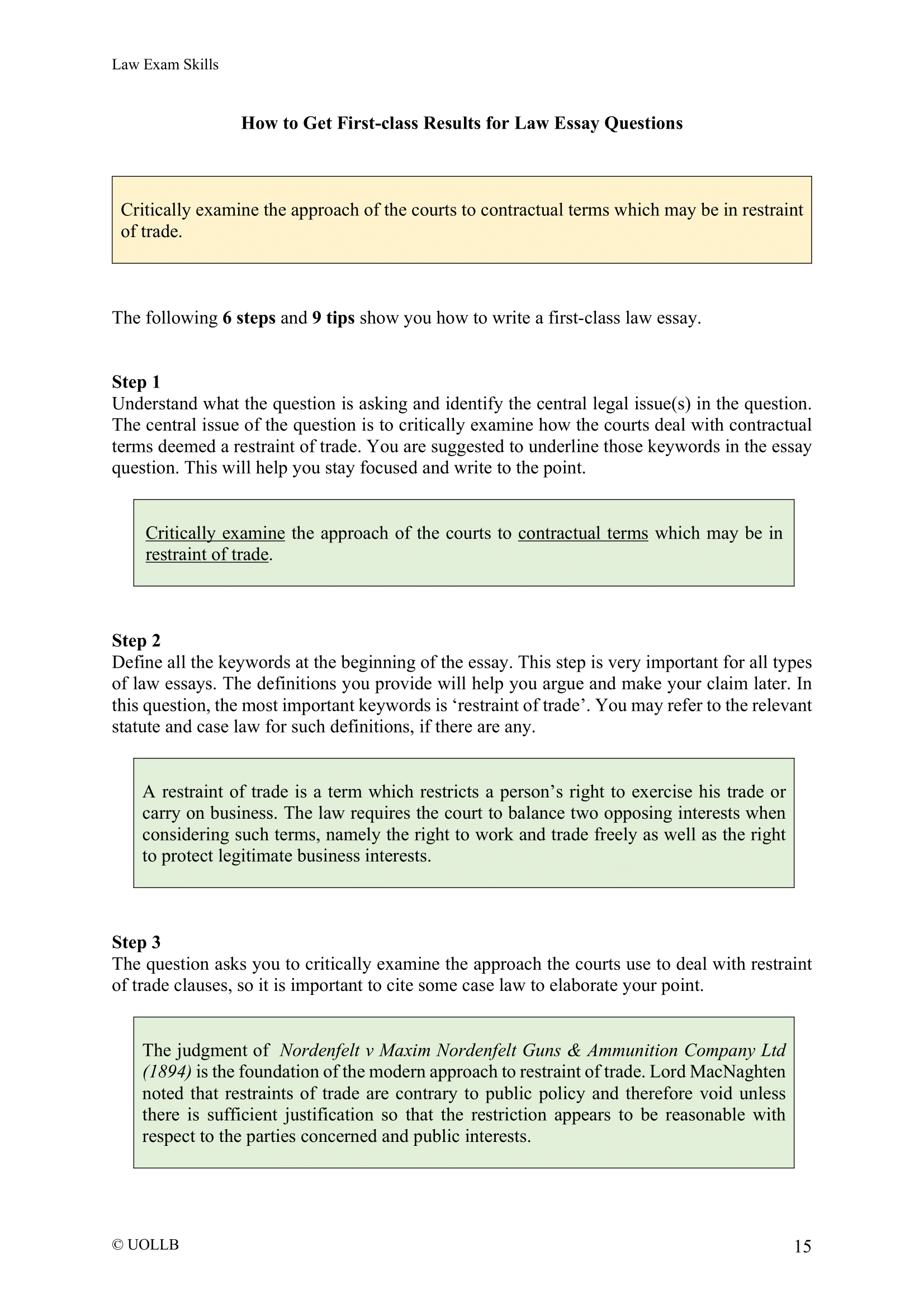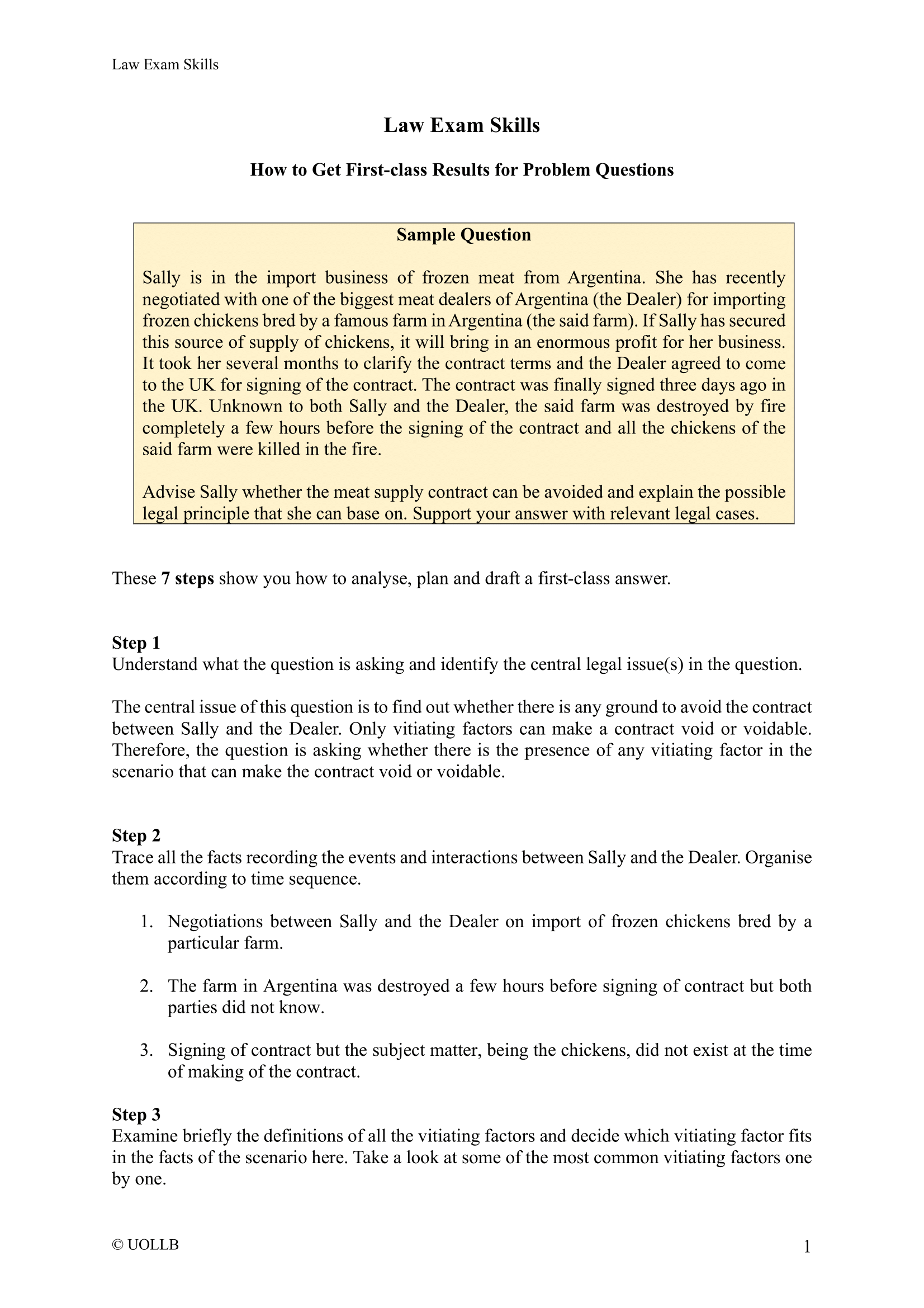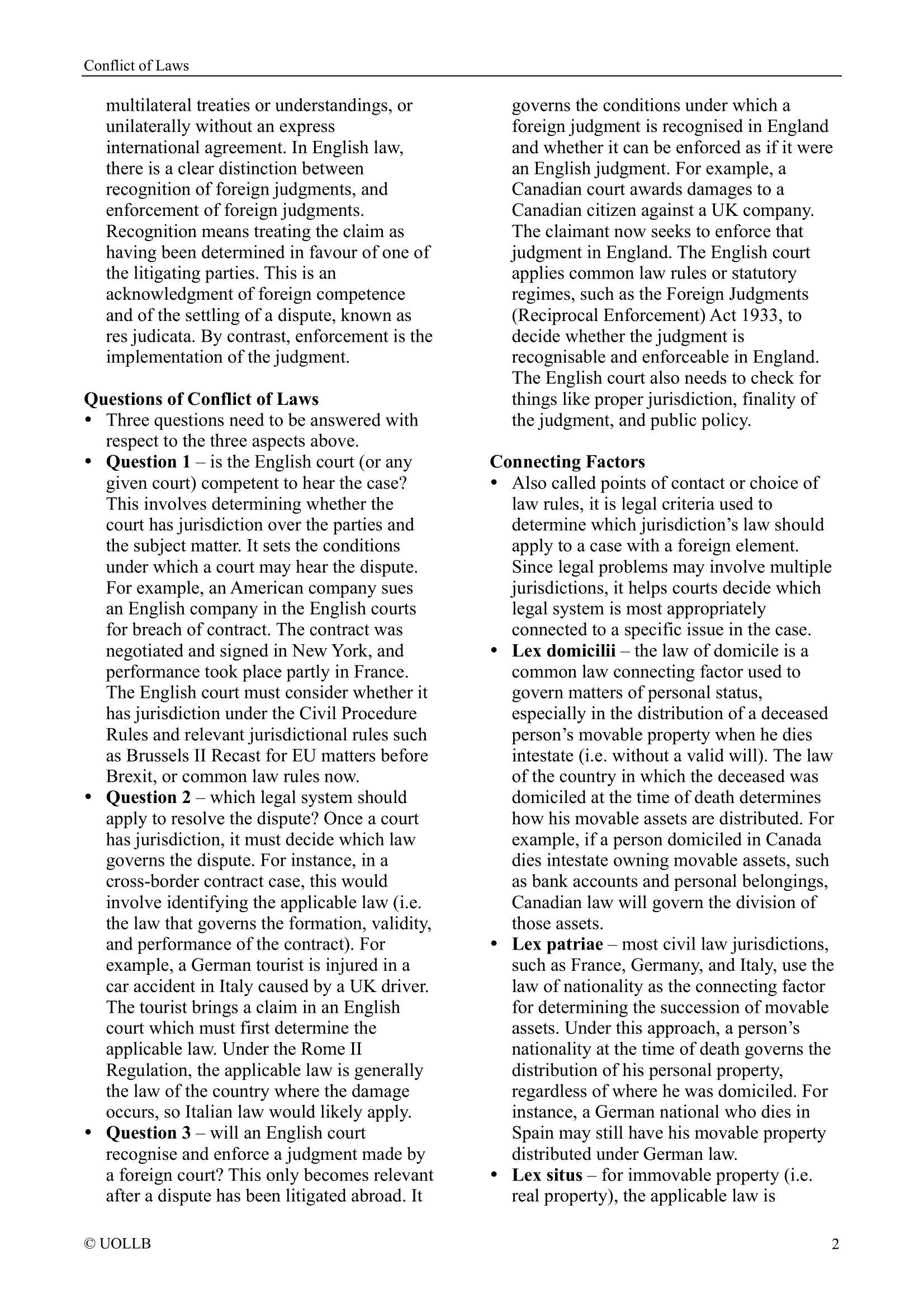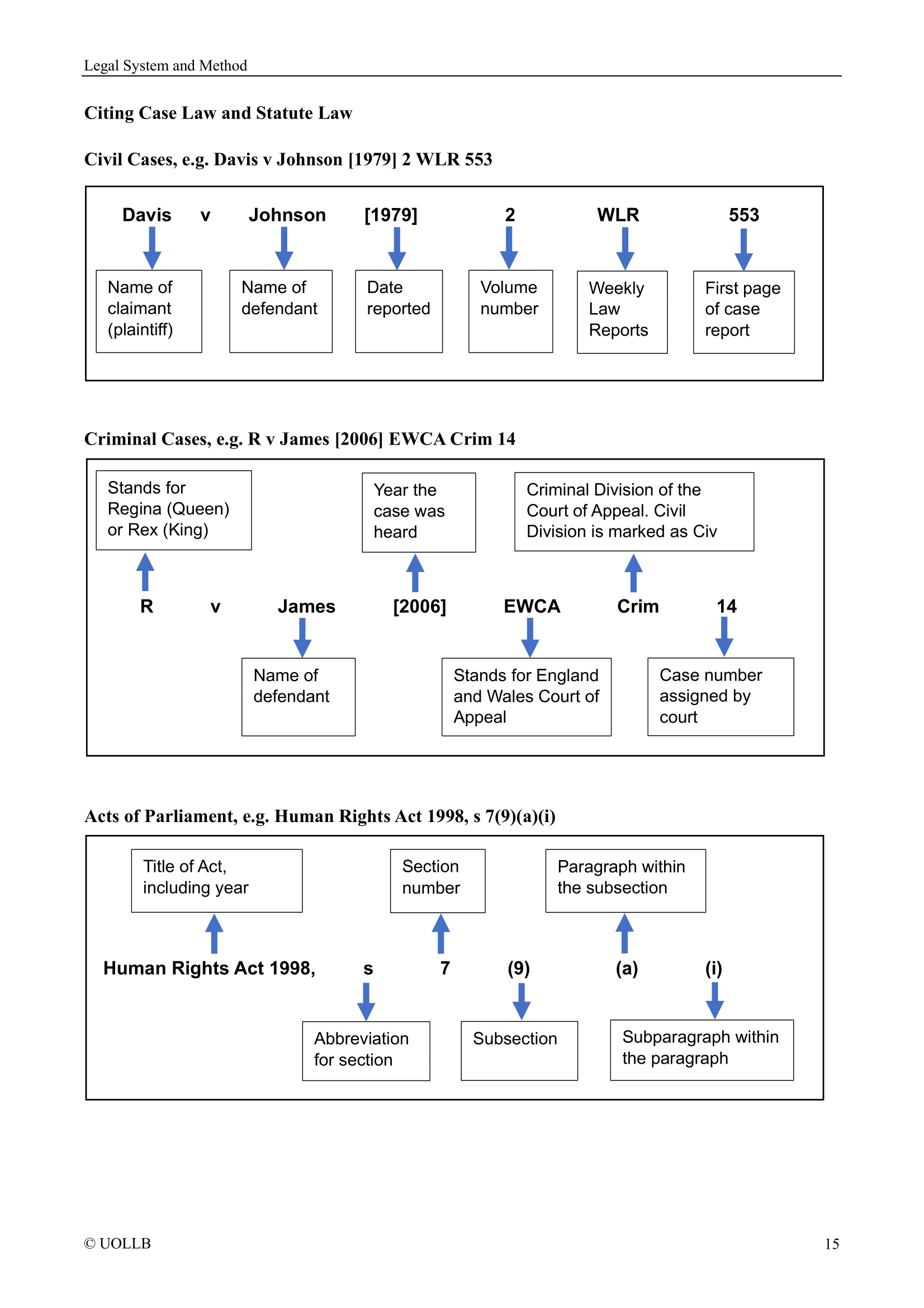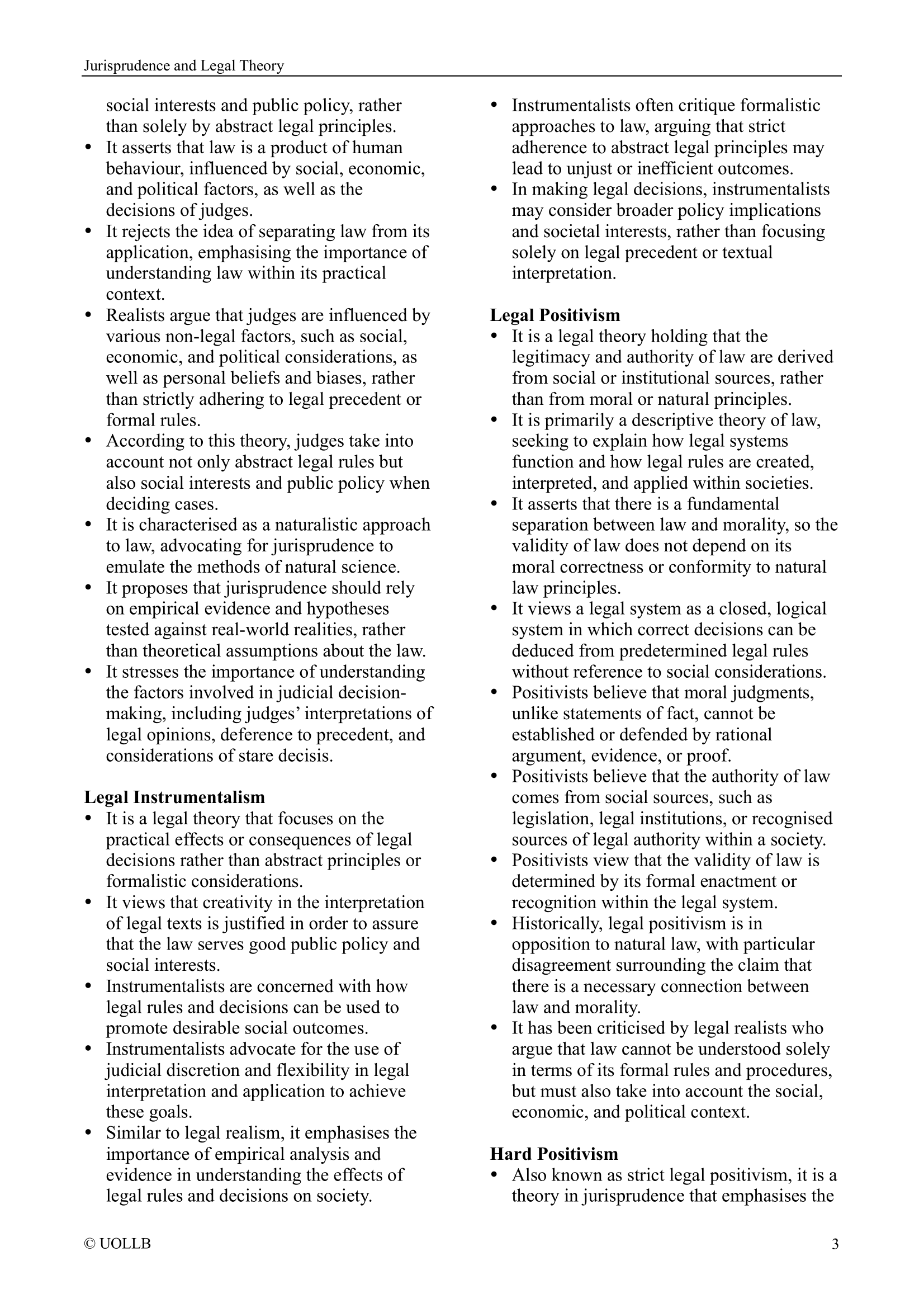Anomie, Durkheim, and Merton on Crime as Social Phenomenon
Share
Crime is not only a result of individual actions but also a social phenomenon deeply influenced by societal factors. Anomie theory, developed by Emile Durkheim and further expanded upon by Robert Merton, provides valuable insights into the social roots of crime and deviant behaviour.
Anomie theory: Anomie refers to a state of normlessness or a breakdown in social norms and values. Durkheim proposed that when individuals experience a sense of disconnection from societal norms, such as during times of rapid social change or economic instability, they become more prone to engage in deviant and criminal behaviour. Anomie theory highlights the significance of social integration and moral regulation in preventing crime.
Emile Durkheim: Durkheim, a prominent sociologist, emphasised the role of social factors in understanding crime. He argued that crime is not inherently pathological but rather a normal and necessary component of society. According to Durkheim, crime serves important social functions, such as reaffirming shared values and boundaries, promoting social solidarity, and prompting societal adaptation and change.
Robert Merton: Building upon Durkheim's ideas, Merton developed the strain theory, which examines the relationship between societal goals and the means available for individuals to achieve those goals. Merton suggested that when there is a disjunction between socially prescribed goals (such as financial success) and the legitimate means to attain them (such as education and employment opportunities), individuals may experience strain. This strain can lead to various adaptations, including conformity, innovation (criminal behaviour), ritualism, retreatism, or rebellion.
In summary, crime as a social phenomenon is explored through the lens of anomie theory, which emphasises the impact of societal factors on crime and deviance. Durkheim's work highlights the importance of social integration and moral regulation, while Merton's strain theory focuses on the disconnection between goals and means as a source of strain that contributes to criminal behaviour. Understanding crime from a social perspective allows us to analyse the broader societal structures and conditions that shape individuals' choices and actions.

